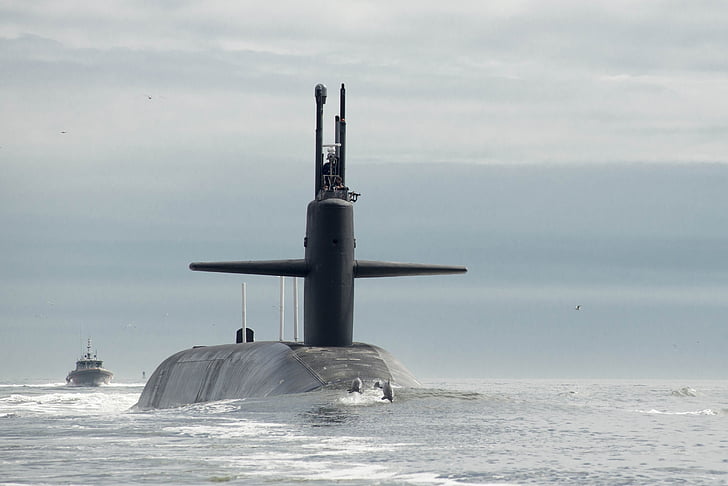
Although the Royal Australian Navy has six Collins-class submarines in its naval fleet, they were manufactured thirty years ago by Kockums, a Swedish company Kockums which is now part of the Saab group.
According to the Australian Defense Ministry, their life cycle is scheduled to end sometime in 2030-2031. To cope with this shortfall, Australia had ordered new Attak-class submarines from the French Naval Group, which feature more advanced construction as well as technology from the French Barracuda class of submarines.
While these submarines were scheduled for delivery to the Australian Royal Australian Navy before 2030, due to delays, their delivery has been rescheduled to 2035. This has placed Canberra in an awkward position of having reduced naval combat capabilities and has forced it to seek a solution through its existing six Collins-class submarines. While it has allocated nearly $4.6 billion for their renovation, but if the “French plans coincided with the pre-guaranteed ones, Australia would only upgrade three Collins-class submarines”, said a source. There have also been cost escalations.
Given that the design of the Collins Class is dated, a further investment of $4.6 billion plus may not be optimal since Canberra will have to upgrade its submarines with modern designs and equipment sooner than later and it is doubtful whether this ageing class will be able to withstand such an upgrade.
ASC, an Australian company has won the tender for the upgrade with Sweden’s Saab pitching-in with help and advice.
The modernization program of the subs presents “a tight timeline, no question”, said Australian Minister of Defense Peter Dutton.
“We need to be realistic about what lies ahead by way of threat in our region, and the submarine capacity is a significant part of how we mitigate that risk and it’s important we get the program right,” said Dutton. “There is no doubt in my mind that we need to pursue a life-of-type extension [for the Collins class].”
Because of cost escalation, the planned upgradation which would earlier have caused the Australian exchequer $40 billion, will now cost $69 billion. The cost escalation, stemming from issues in the initial agreed price, has strained Canberra- Paris relations.
However, Canberra has the option to upgrade the subs to the Collins-class by the Naval Group. Given rising threats from China, Canberra has to quickly decide on its course for national security. Given the endurance advantages of the Collins-class over its nearest competitor Thyssen Krupp’s Type 216, and the fact that the former exceeds the Royal Australian Navy’s requirements of range, endurance and indiscretion rate, the French offering has some significant advantages over its German peer.
The ball is in the Australian Ministry of Defense’s court. While earlier this issue of national security was seen as a temporary problem, Canberra needs to address it urgently. The RAN has solutions on the table, it has to quickly decide which investment will pay off in terms of combat capability.




